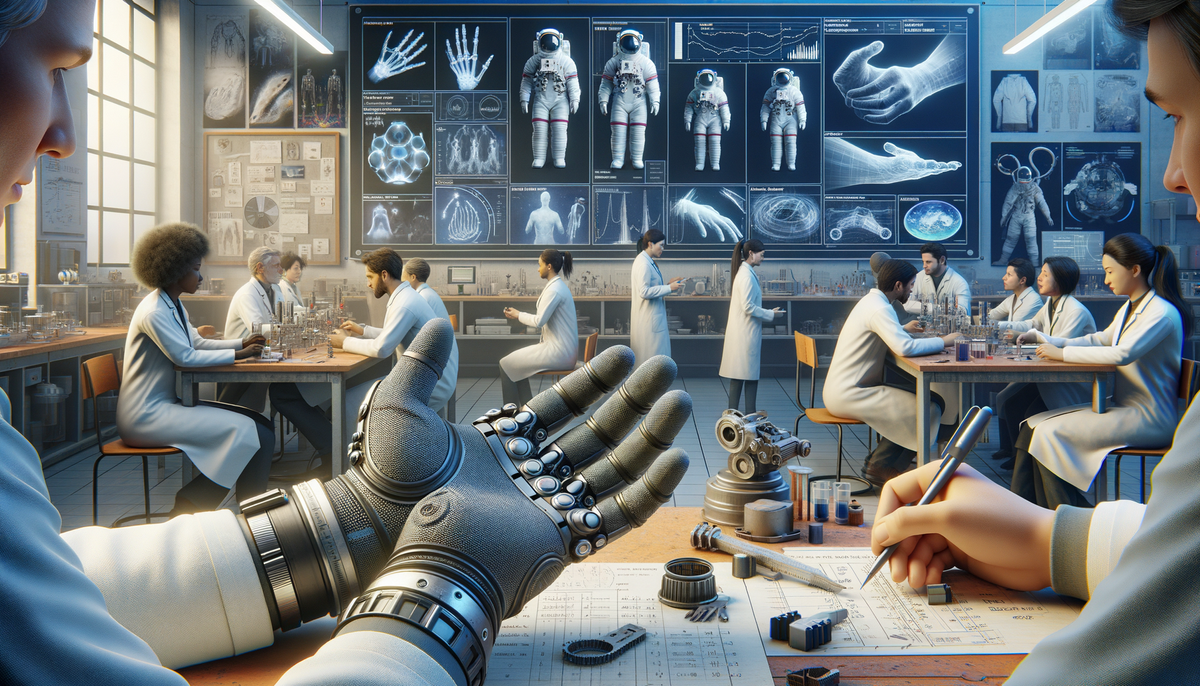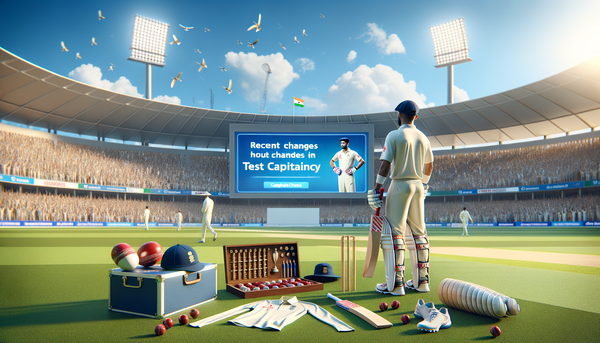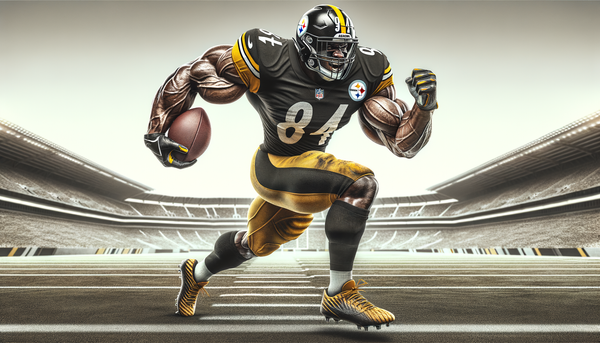Spacewalk Glove Issue: Challenges and Innovations in Extravehicular Activities
Delve into the intricate challenges of spacewalk glove design, exploring notable incidents and ongoing innovations in the field.

Spacewalk Glove Issue: Challenges and Innovations in Extravehicular Activities
Spacewalk glove issues have emerged as a critical focus in the realm of extravehicular activities (EVAs) due to the essential role these gloves play in astronaut safety and mission success. These issues have garnered significant attention following several incidents that highlighted the challenges inherent in designing and maintaining effective spacewalk gloves.
Overview of Spacewalk Glove Issues
Spacewalks, formally known as extravehicular activities, present unique challenges for astronaut safety, with gloves being among the most complex—and vulnerable—components of a spacesuit. Glove design must balance dexterity, protection from the vacuum of space, and resilience against physical and environmental hazards. (source)
Notable Incidents Involving Spacewalk Gloves
Cuts, Tears, and Contamination
- Glove Damage Incidents: Spacewalks have occasionally been cut short due to glove damage. For example, during STS-118/13A EVA 3, a cut was observed in a glove, leading to the early termination of the spacewalk. In another incident during STS-37, a palm bar punctured a glove, resulting in a minor contusion. (source)
- Contamination: On October 18, 2019, a historic all-woman spacewalk saw astronaut Christina Koch’s spacesuit gloves become contaminated, likely with grease from the International Space Station’s (ISS) robotic arm, Canadarm2. NASA determined it was probably a benign mechanical lubricant, but gloves were analyzed for safety inside the station afterward. (source)
Injuries and Wear
- Hand Injuries: Earlier Russian spacewalks (Salyut and Mir programs) documented injured or numbed hands, as gloves often restricted movement or failed to protect against prolonged tool use.
- Apollo/Mir Experiences: Gene Cernan, Apollo 17 commander, and cosmonauts during Salyut/Mir missions experienced problems such as numb hands, bruising, and equipment-induced pressure points.
The Challenge of Designing Space Gloves
Gloves must protect against micrometeoroids, temperature extremes, and the hard vacuum while remaining flexible enough for intricate work. The complexity arises from: (source)
- Material Fatigue: Gloves wear down faster than other suit parts due to continuous bending and gripping.
- Dexterity vs. Protection: Increasing protection often reduces flexibility, leading to faster astronaut fatigue and a higher risk of hand injury.
High-Profile Glove-Related Close Calls
- Luca Parmitano’s 2013 Spacewalk: While this incident primarily involved water leaking into his helmet, it highlighted how minor suit component failures—including gloves—can quickly escalate into life-threatening emergencies.
- Early Shuttle and ISS Missions: Gloves have been punctured or cracked, resulting in shortened EVAs to avoid depressurization or exposure risks.
Managing and Monitoring Glove Safety
NASA and other space agencies rigorously inspect gloves during and after EVAs, looking for wear, punctures, contamination, and mechanical integrity issues. Even minor breaches can prompt a return to the airlock and immediate replacement of the affected gloves.
Summary Table: Common Spacewalk Glove Issues
| Issue Type | Example Incident | Impact |
|---|---|---|
| Puncture/Cut | STS-118/13A EVA 3 (cut glove) | EVA terminated early |
| Contamination | ISS, Oct 2019 (grease on Koch’s glove) | Gloves analyzed post-EVA |
| Hand Fatigue | Multiple Mir/Salyut spacewalks, Apollo missions | Numbness, bruising, pain |
| Puncture/Injury | STS-37 (palm bar puncture, minor contusion) | Minor hand injury |
Conclusion
Spacewalk glove issues are a persistent challenge in astronautics. Problems have ranged from physical damage (cuts, punctures) to contamination and ergonomic strain, sometimes leading to shortened EVAs or minor injuries. Glove design remains a focus for innovation, as maintaining the balance between safety and dexterity is crucial for successful extravehicular activities.
Practical Takeaways for Spacewalk Glove Professionals
For professionals working on spacewalk glove issues, staying informed about materials science advancements and ergonomic design principles is essential. Collaboration with space agencies to test and refine glove designs in simulated environments can lead to breakthroughs in safety and performance.
Connecting the Dots: Our Expertise
As leaders in AI consulting, we apply cutting-edge technology to address challenges such as those faced by spacewalk glove designers. Through data-driven insights and machine learning models, we optimize material selection and durability testing, enhancing both productivity and safety.
Explore the Spacewalk Glove Issue with Us
Intrigued by the complexities of spacewalk glove design? Contact us to discover how our AI solutions can elevate your research and development processes. Learn more about our services.




